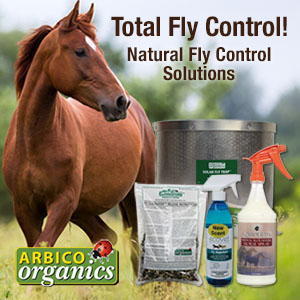
That cats go crazy over catnip is no secret. Did catnip get its name because cats are so nuts over it, or did they fall for the oldest marketing ploy in the world? Strangely enough, not all cats are wild for catnip, and many have a tolerance for it and get bored after 15 minutes, or simply drift off to sleep. Catnip (its biological name is ‘nepeta cataria’), has been used as a tranquilizer or sedative for humans for centuries. Catnip also has been prescribed for respiratory conditions, as an aid to digestion, and for such disparate conditions as toothache, by ancient and modern herbalists.
You will find a wealth of catnip-stuffed toys, as well as bags or canisters of dried catnip on the market. Since the scent is the powerful aphrodisiac that attracts cats, try to have a “fresh” supply at all times, and experiment with various brands, until you find one that is most attractive to your cats. Catnip is also known as “Cat Mint,” and is about as easy to grow as mint. Because catnip tends to become invasive, when planted in a garden, you might want to grow it in containers. It can be easily grown from seed and prefers a sandy soil and full sun. If you have a cat who is allowed outdoors, it’s a good idea to shelter the small plants with some staked netting or a piece of window screening tented over the container. Even your most well-behaved cat might just roll in a freshly planted bed of catnip, crushing and breaking the newborn plants.
A craft project that you and your cats will enjoy equally, is to fill some old socks with a bit of fiberfill, generously packed with dried catnip. Either knot the end (if it is a long sock), tie it with strong twine, or cut the open end short and sew it closed by using very strong thread and a whip stitch. Or, if you’re making kitty gifts for a special occasion, you can purchase colorful baby socks (the color is for human pleasure, not necessarily the cats’). Use a “double whammy” method of closure with the baby socks. Tie the top tightly about two inches down, fold the top down over the tie, and then stitch both at the top of the fold and the bottom. The extra time investment ensures that the cats won’t be able to tear the sock open. These socks may lose their potency after a few weeks, but a short time in your dryer on low heat will fluff them up again and regenerate the “sniff” factor. If all else fails, you can open them up and add fresh ‘nip for another cycle of fun. If you’re a crafts fan, you can also knit or crochet cute “mice” to hold your home-grown dried catnip. Whether “store-bought” or created at home, catnip toys will provide hours of enjoyment for you and your cats.
Did You Know
The average lifespan is about 15 years, but it can be much longer with good care. A stray might manage to survive two years in harsh surroundings, but a well-cared-for pet cat can easily attain 20 years.
Fossil records have shown that cats have been around for more than 35 million years, without much change in their shape or behaviors.
If a space or an opening is not smaller than their heads, cats can squeeze through them, because their skeletal structure is narrow at the shoulders and the clavicle and shoulder blades are very narrow and rotate easily. It is incorrect to say that cats do not have shoulder blades.
A cat’s whiskers are essential equipment for analyzing their environment and can be moved in independent groups with the many tiny muscles that control them. They can detect the slightest air movements, which can help with hunting small prey. Blind cats hold them forward, using them much as a blind person uses a cane.
Cats can move their ears over 180 degrees using the 30 or so muscles they have, compared to only 6 muscles in humans.
A cat’s jaws move only up and down; there is no sideways movement. This means they cannot grind their food and can only chomp down on it.
Cats have excellent eyesight, especially at night, due to the reflective membrane called the tapetum.
Related Articles & Free Email Newsletter Sign Up
Dispelling 6 Common Myths About Cats
How the Loss of a Tail Affects A Cat and More
What it Means When Your Cat Looks at you With His Mouth Open and More




Comment here